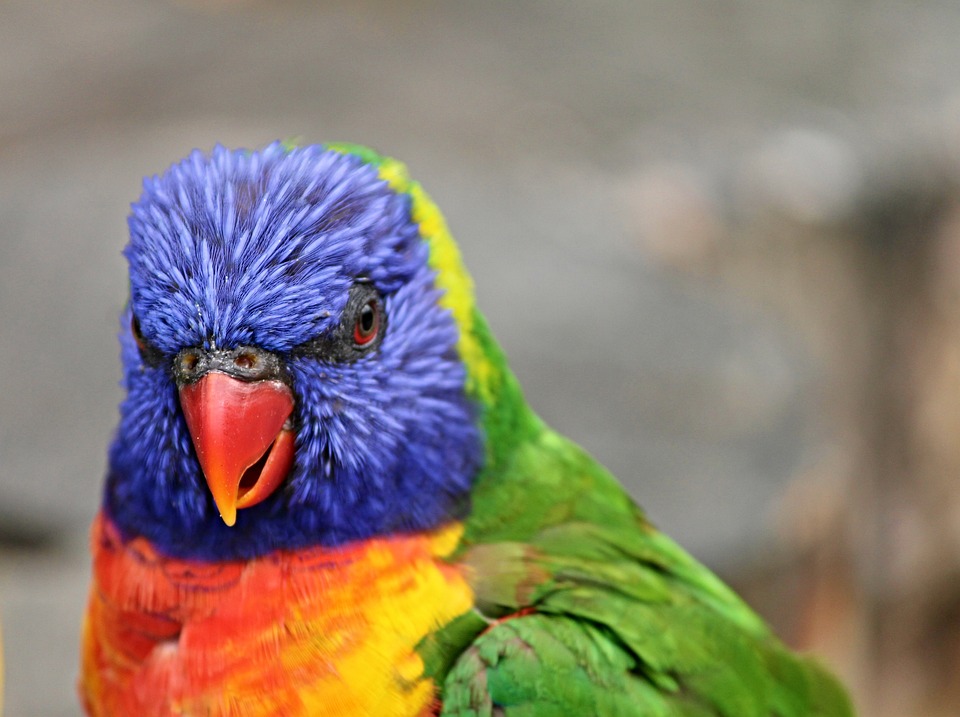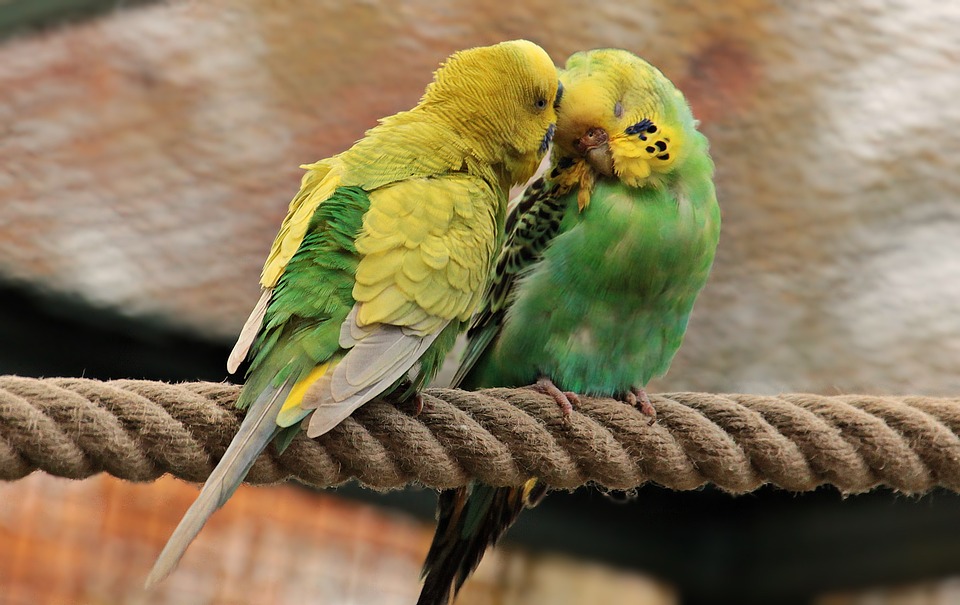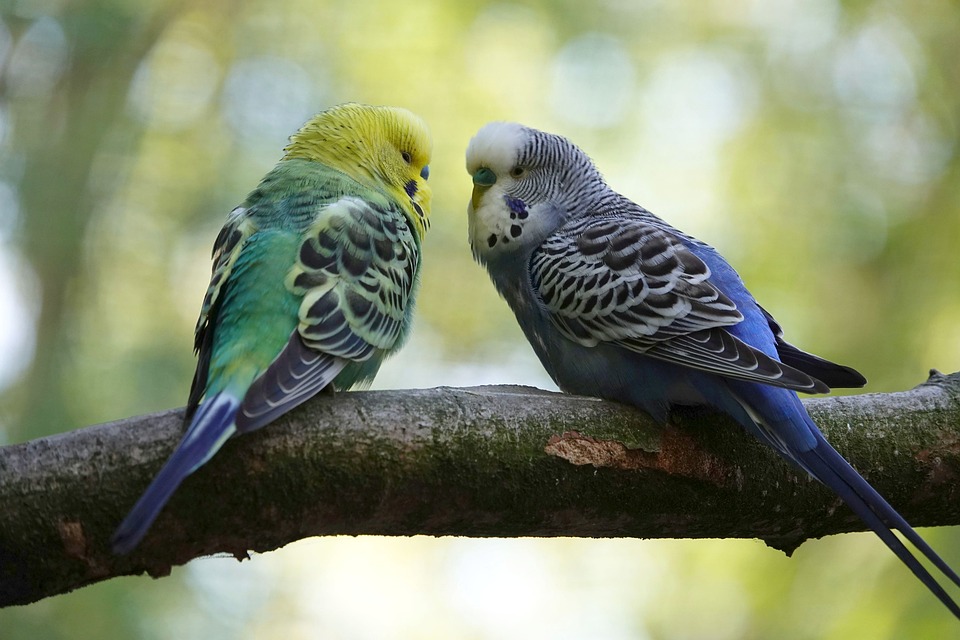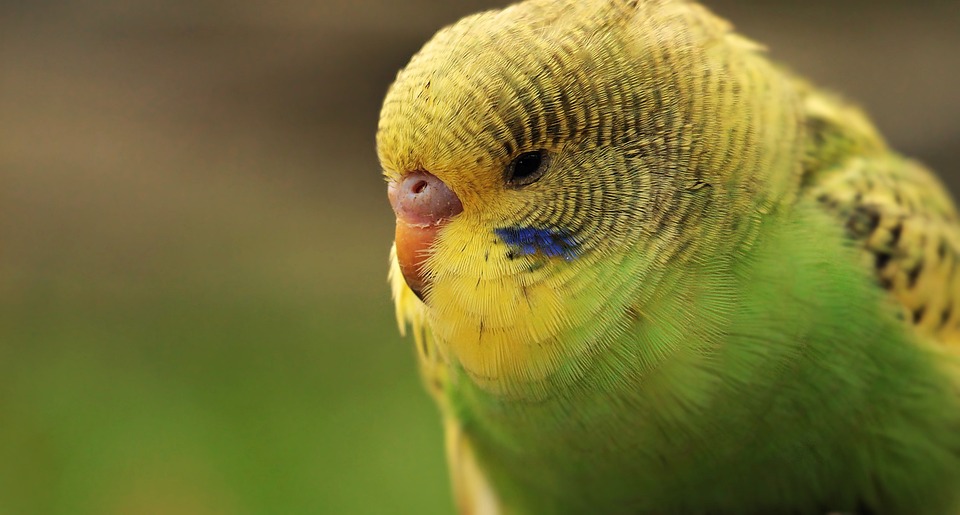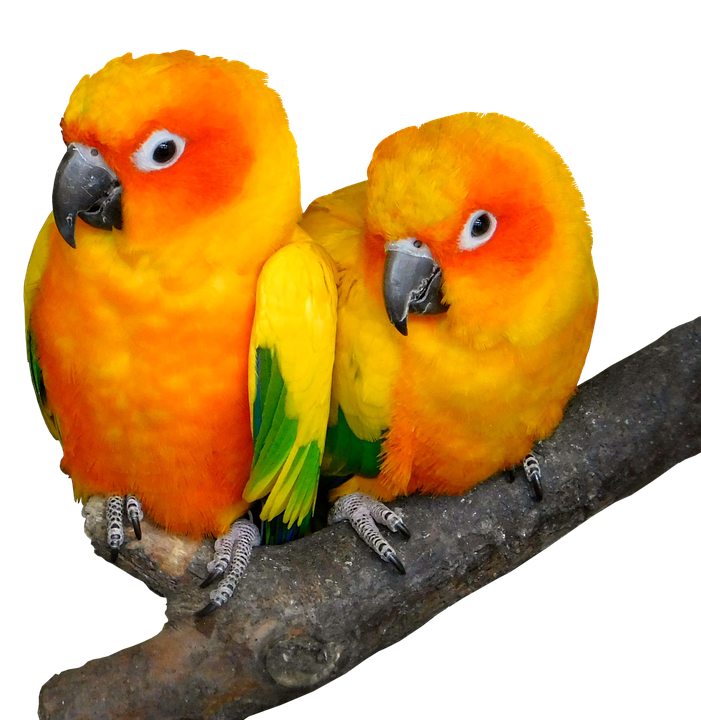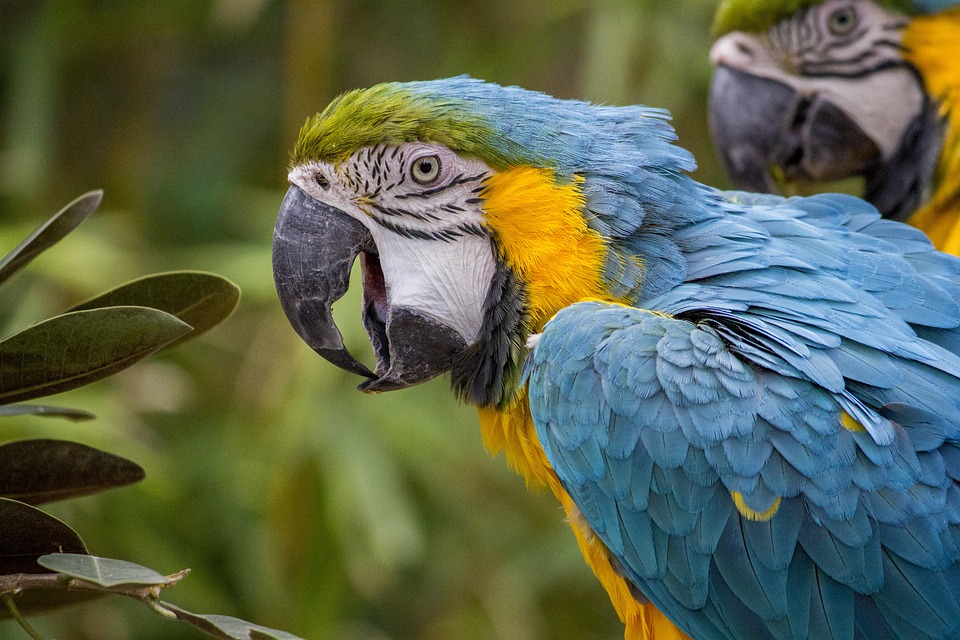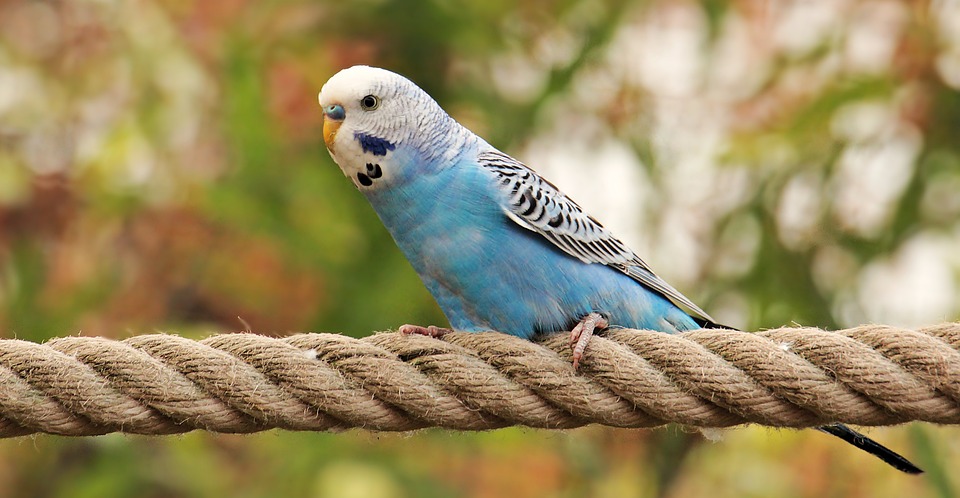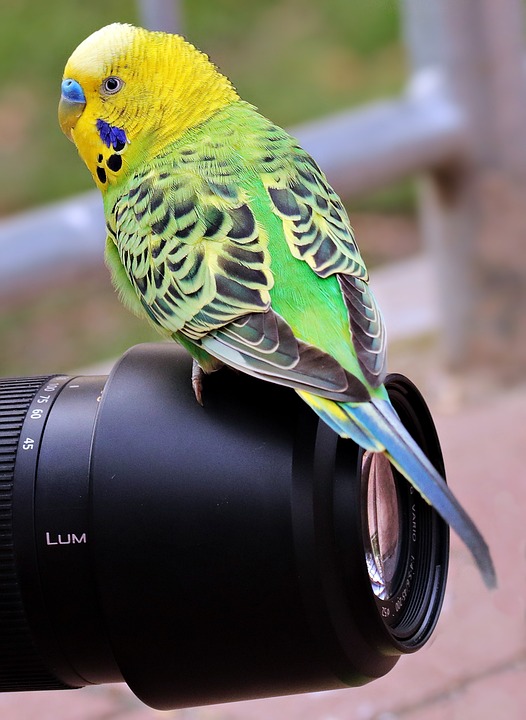Parrots are known for their incredible intelligence and ability to mimic sounds, making them fascinating pets for many people. One of the most entertaining and rewarding aspects of owning a parrot is teaching them to speak on cue. By unlocking their vocal potential, you can establish a unique form of communication with your feathered friend.
To start teaching your parrot to speak, it’s important to follow effective training methods. Begin by selecting a few simple words that you use in your daily vocabulary, such as “hello,” “goodbye,” or their name. These words should be repeated consistently during training sessions. Choose a quiet, distraction-free location for training and create a positive learning environment. Positive reinforcement is key, so have plenty of treats or rewards readily available.
Consistently repeat the chosen word or phrase in a clear, distinct manner. Use a gentle, encouraging tone to motivate your parrot. Make eye contact and allow your parrot to focus on your mouth movements. Parrots are exceptional imitators, so encourage them by imitating their sounds or vocalizations. This interactive experience will stimulate their curiosity and encourage them to mimic your words.
Each time your parrot successfully mimics the word or phrase, reward them with praise, treats, or a favorite toy. Positive reinforcement helps strengthen the association between the spoken word and the desired action. As your parrot becomes more proficient at mimicking simple words, gradually introduce additional vocabulary and reinforce positive behavior.
Consistency is crucial for successful training, so schedule regular training sessions. Keep the sessions short and engaging. Over time, your parrot will become more skilled at speaking on cue.
Understanding parrot behavior and vocalization is also important. Not all parrot species have the same aptitude for mimicking human speech. African Grey Parrots, Amazon Parrots, and Budgerigars are among the most adept at learning and imitating words. The time required to train a parrot to speak varies depending on the individual bird and training consistency. Older parrots can still learn to speak, but it may require more time and patience. Not all parrots will develop the same level of speech capabilities, but spending time engaging with them through training sessions still strengthens your bond. Teaching parrots to speak poses no significant risks, but it’s important to prioritize their overall well-being and monitor their behavior.
In conclusion, teaching your parrot to speak on cue allows you to unlock their linguistic potential and establish a unique form of communication. By following effective training methods and understanding parrot behavior and vocalization, you can nurture their vocal capabilities and strengthen your bond. Embrace the joy of hearing your parrot utter their first words and enjoy a harmonious and enriching relationship with your feathered friend.

